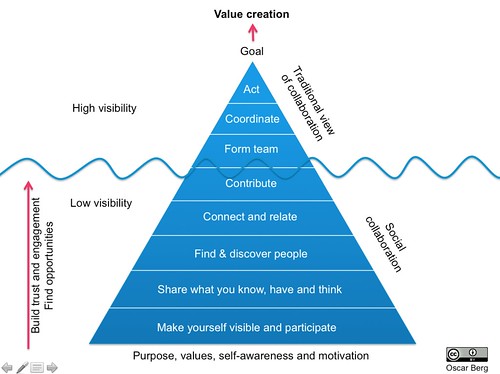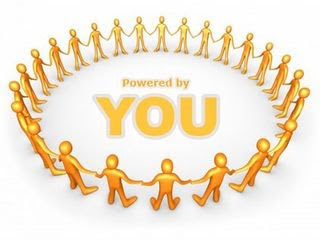Let's face it, to some people everything is an emergency.
A Chinese symbol for crisis is made up of two parts:
danger and opportunity…
_
Danger – originally pictured as a man on the edge of a precipice
Opportunity – a reminder of the seemingly small but important opportunity that can come out of danger
There is controversy surrounding the symbol above and its interpreted meaning, but that's for other people to worry about. For the sake of the point I'm making, I believe as interpreted, the idea behind the meaning of the symbol above is very important. How it's further interpreted in practice is exponentially more important.
One particular tale revolving around the symbol and its message goes like this...
A Taoist story tells of an old man who accidentally fell into the river rapids leading to a high and dangerous waterfall. Onlookers feared for his life. Miraculously, he came out alive and unharmed downstream at the bottom of the falls. People asked him how he managed to survive. "I accommodated myself to the water, not the water to me. Without thinking, I allowed myself to be shaped by it. Plunging into the swirl, I came out with the swirl. This is how I survived."
Emergencies are often what we make of them.
I can't tell you how many times I've had to address the emergent situation that someone dared to park in someone else's regular parking spot in our staff parking lot.
e·mer·gen·cy
/əˈmərjənsē/
noun
- a serious, unexpected, and often dangerous situation requiring immediate action.












